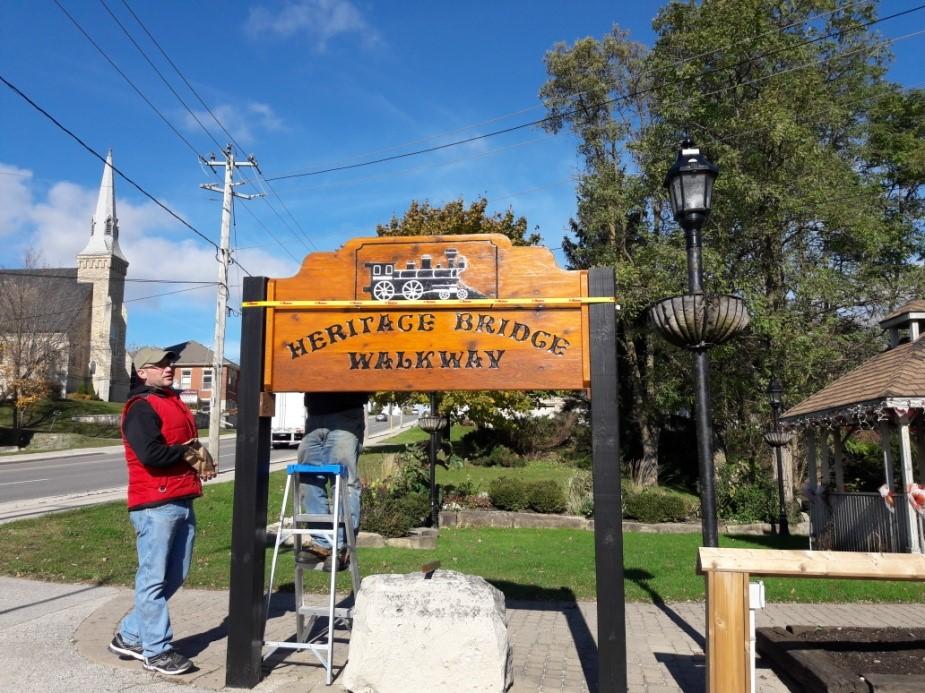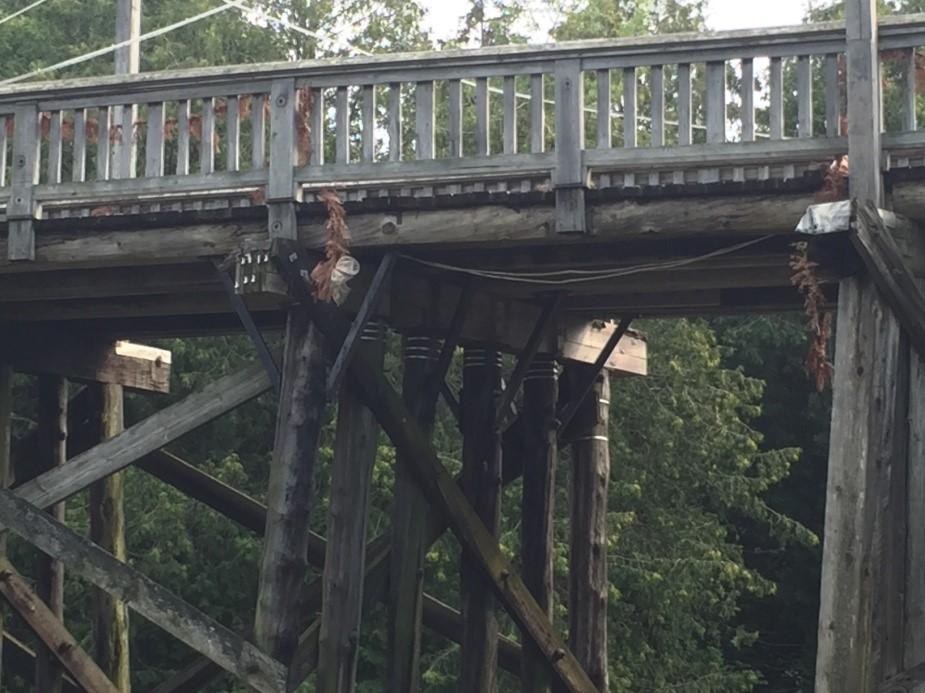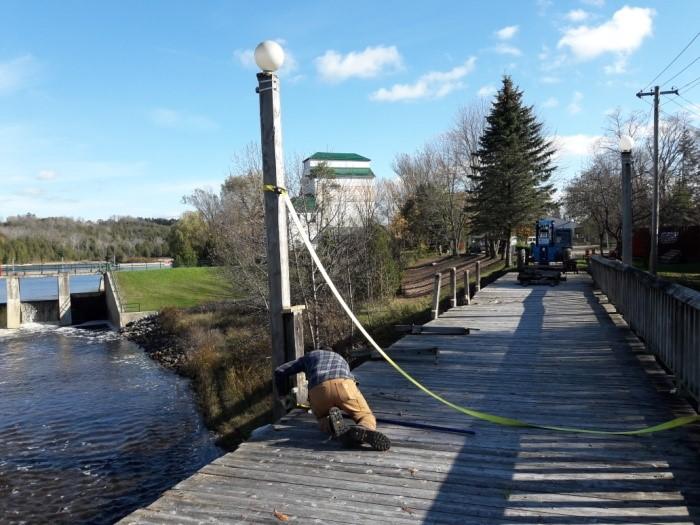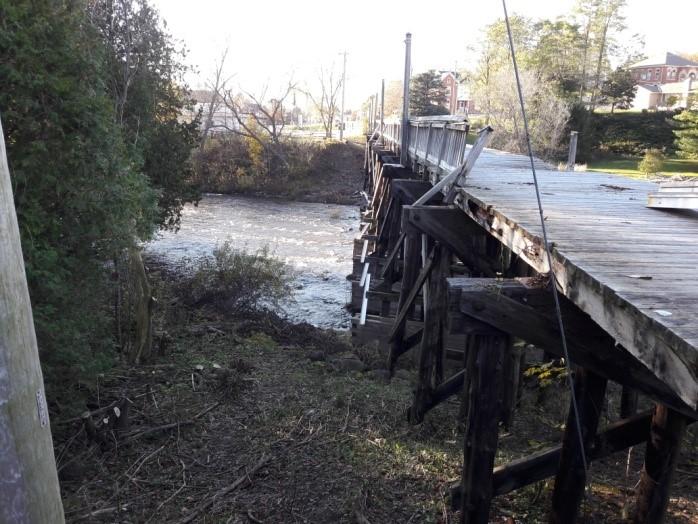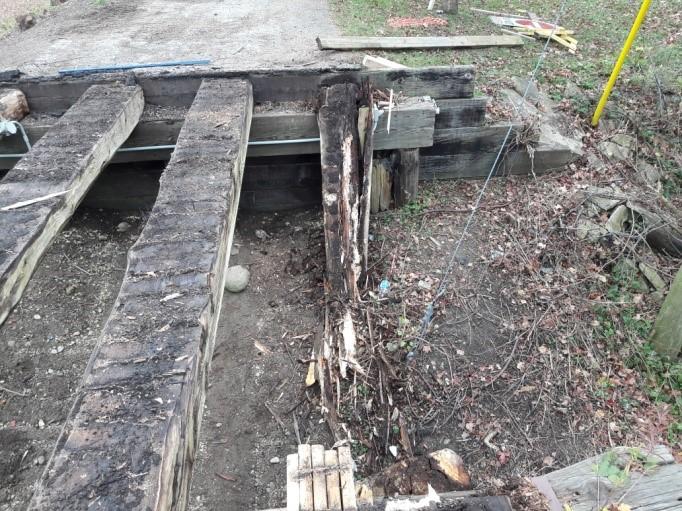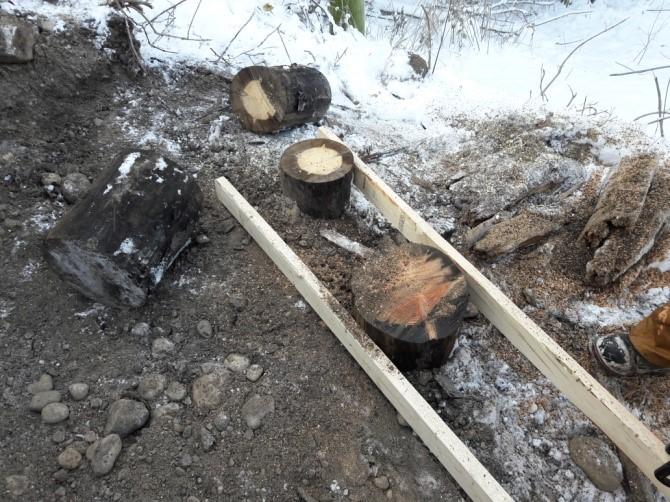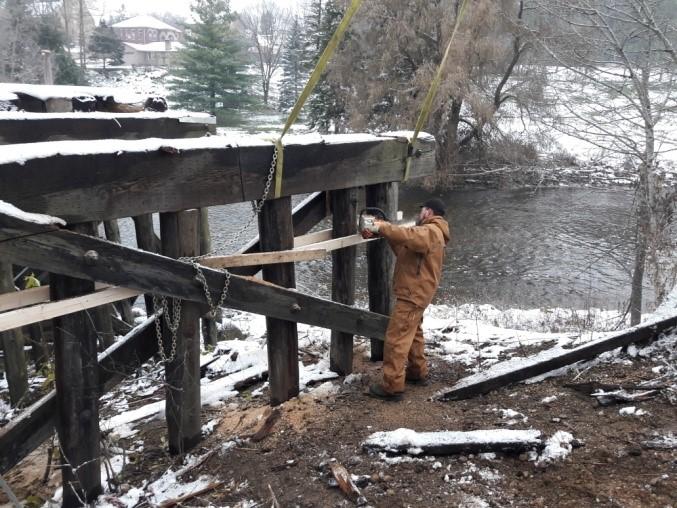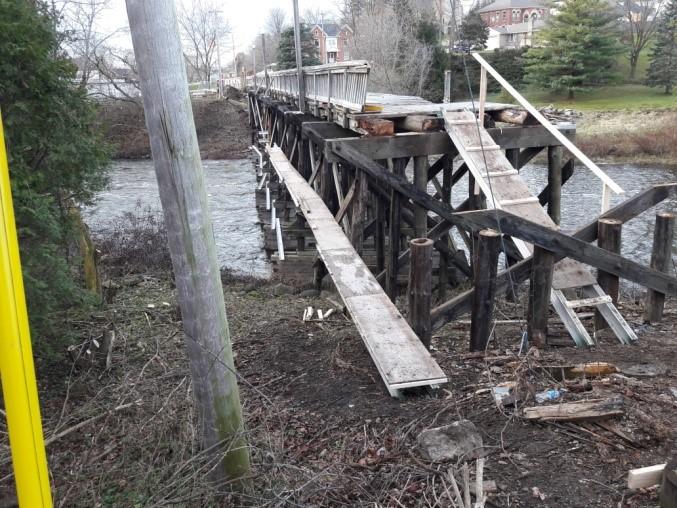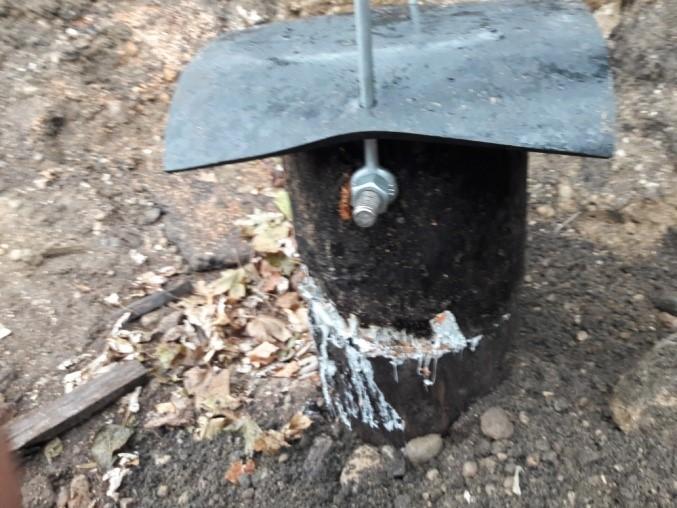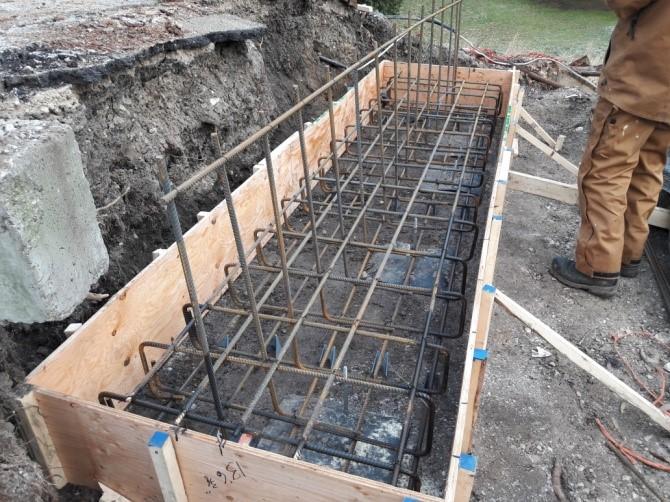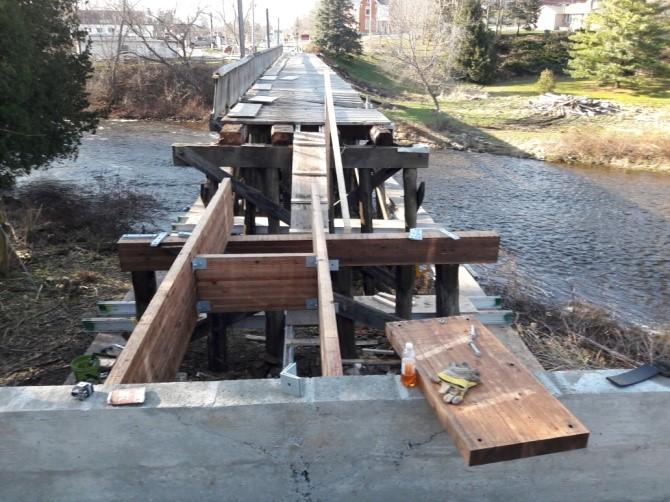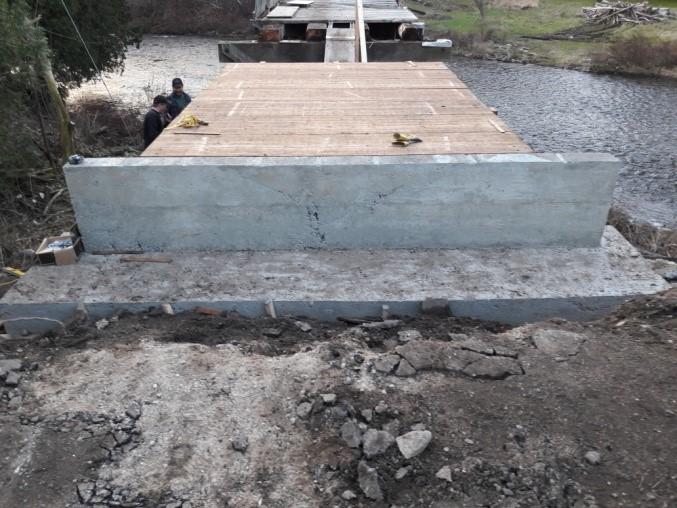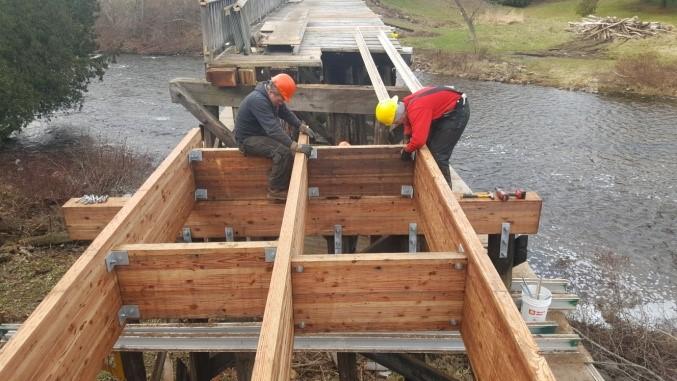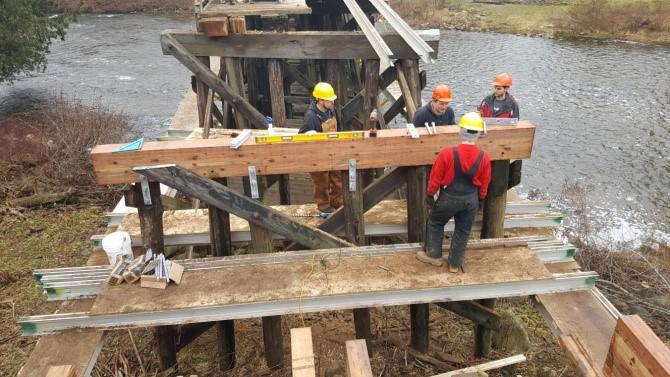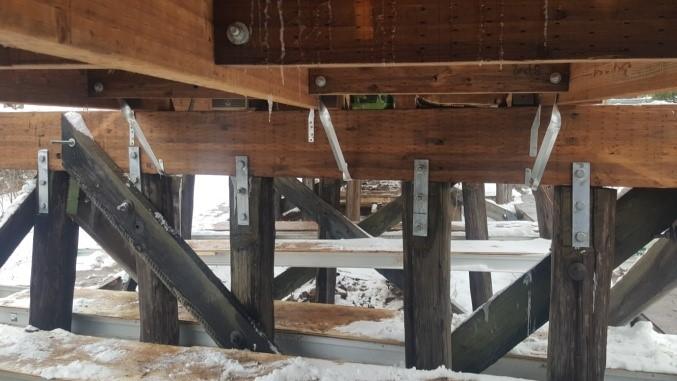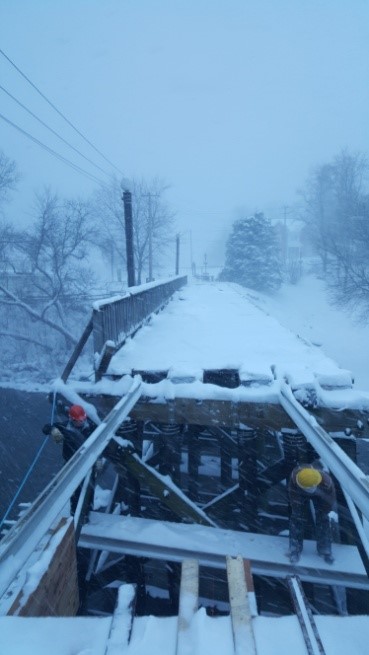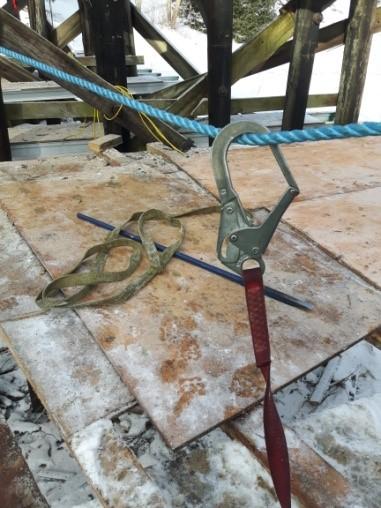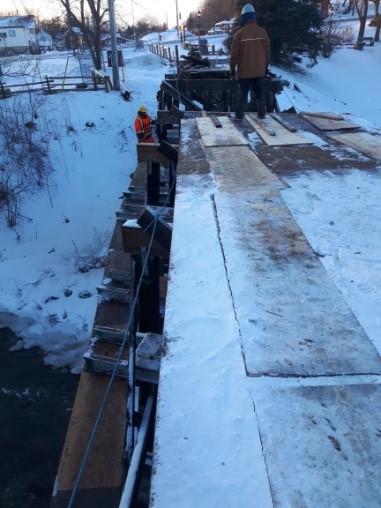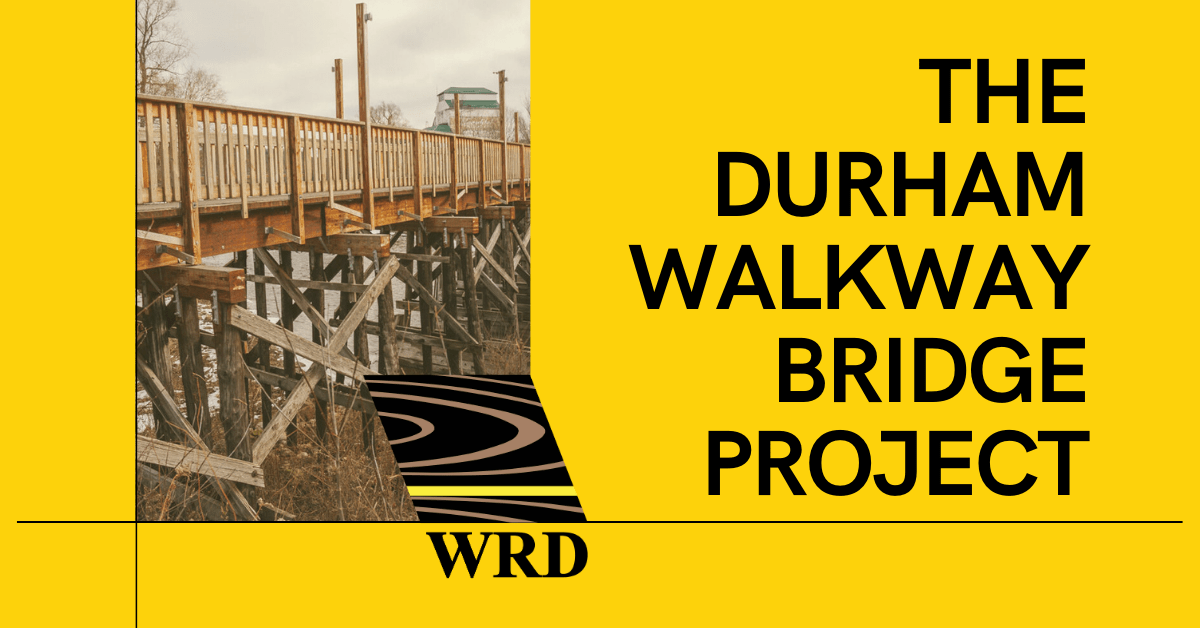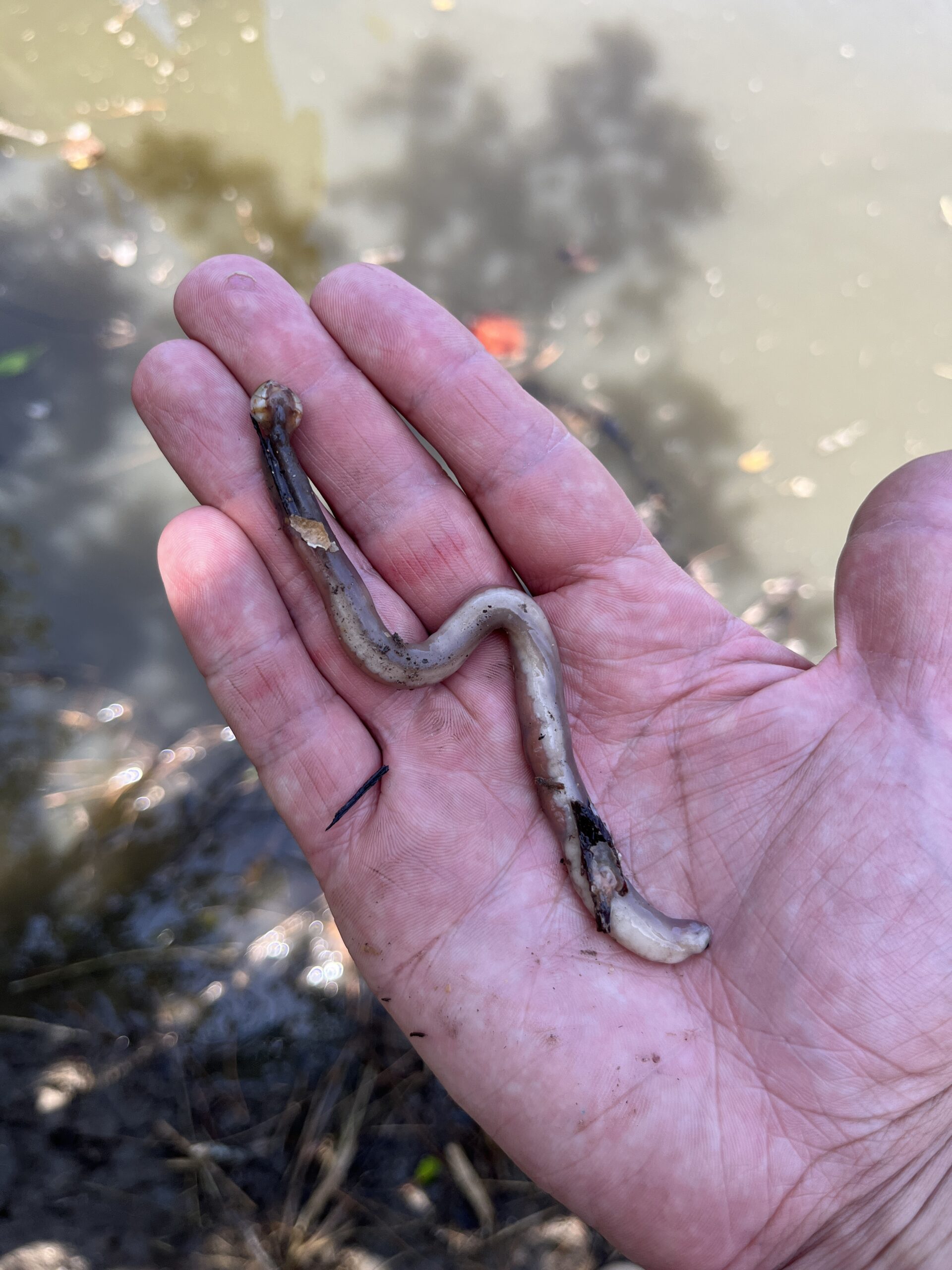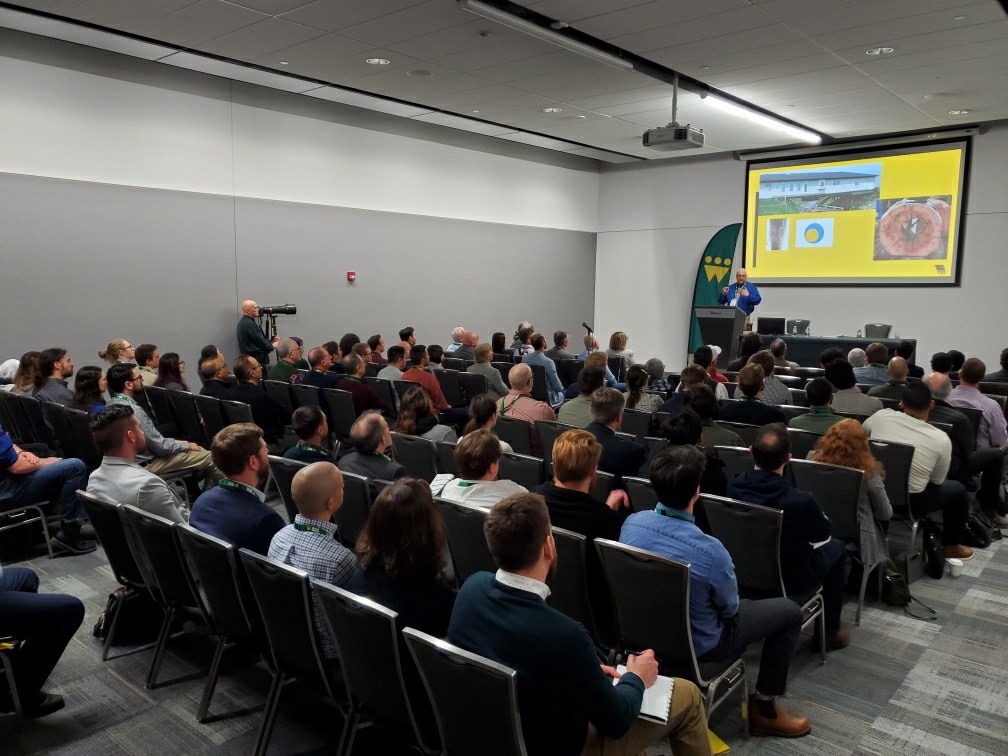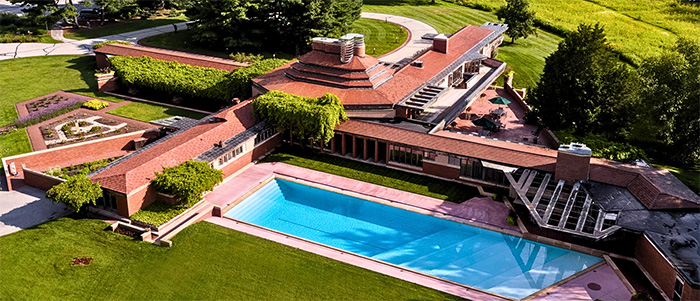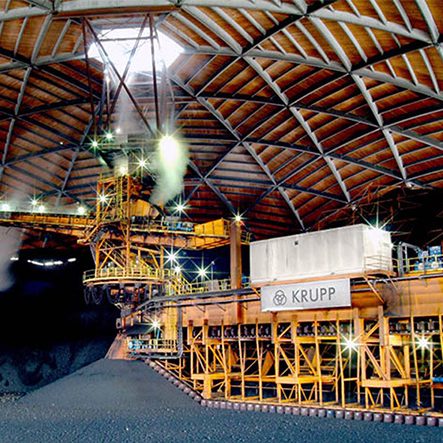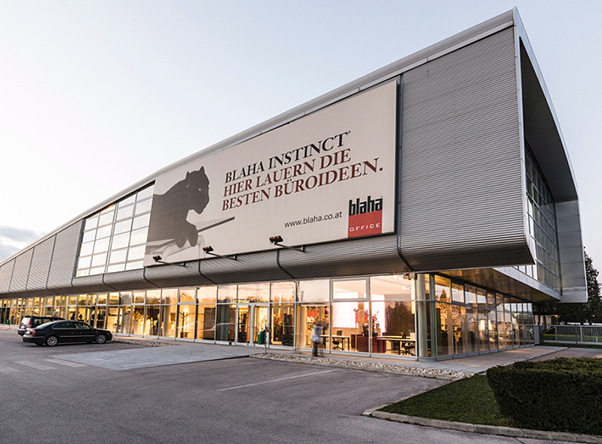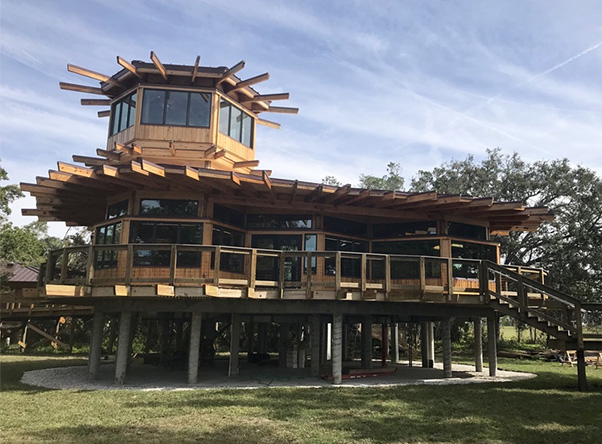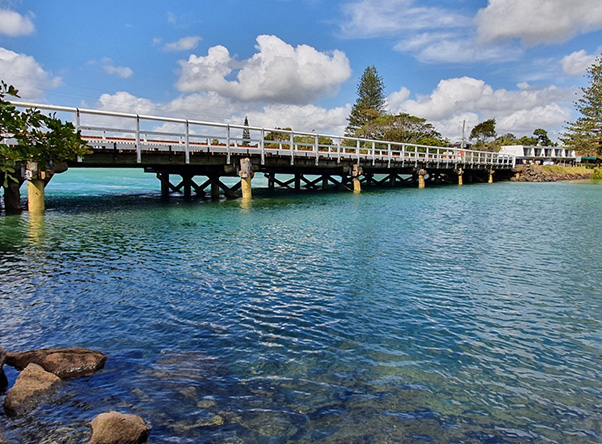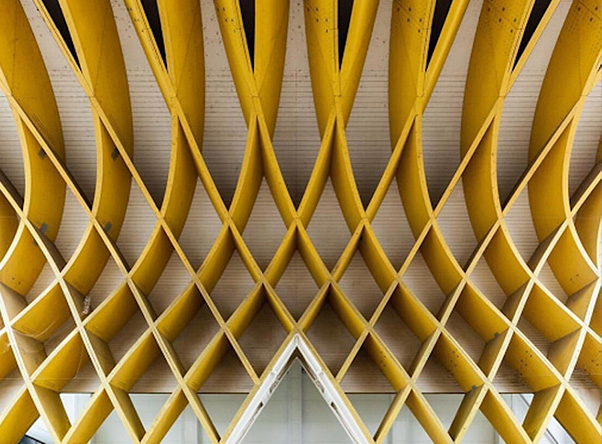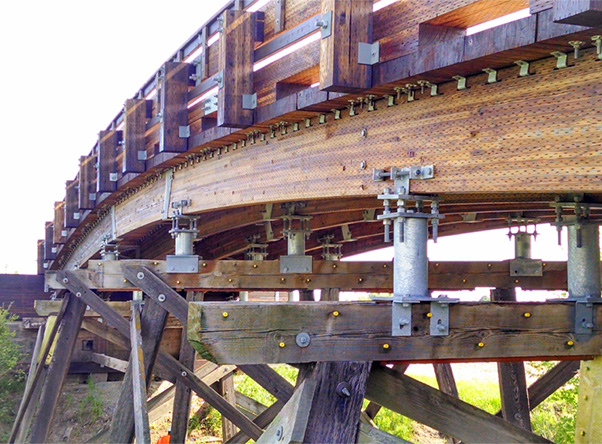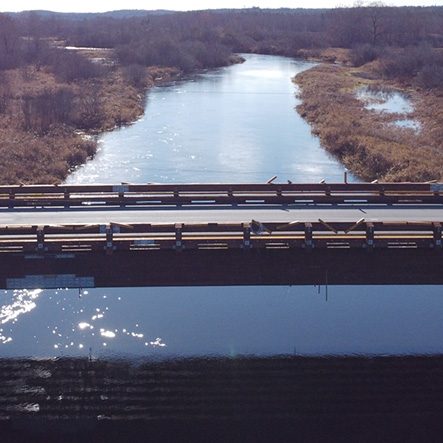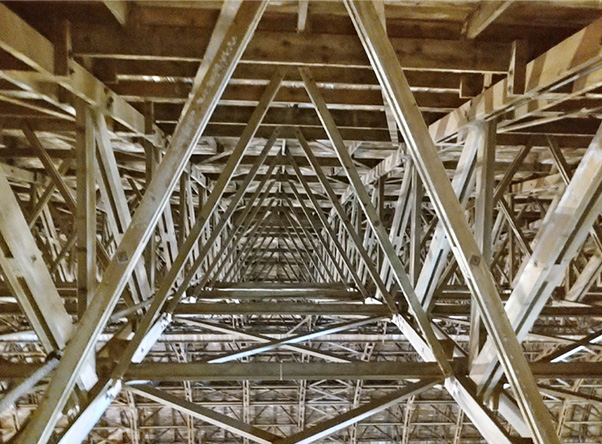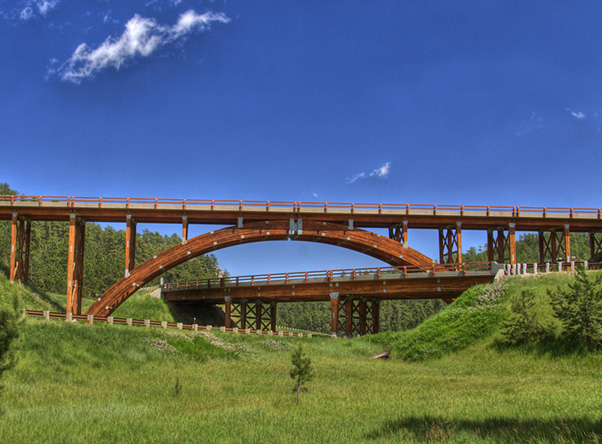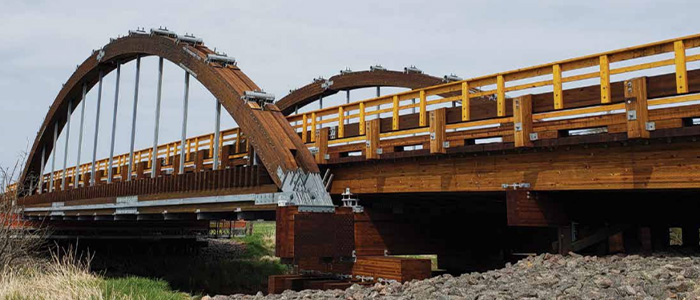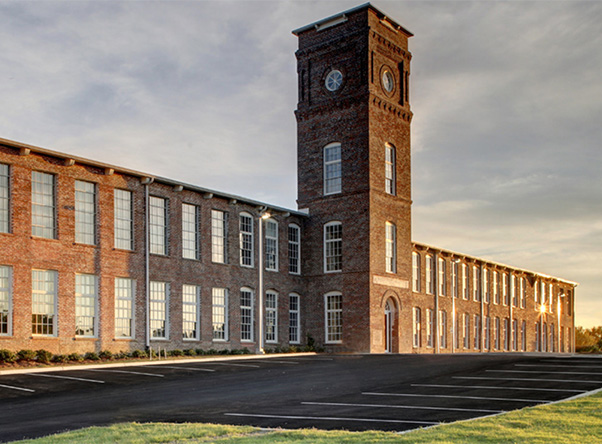Understanding Durability & Strength of Timber
Durability encapsulates more than just the material’s lifespan. It’s about maintaining structural integrity over time against a suite of challenges. Existing heavy dimensional timber structures are different than modern Mass timber products, such as cross-laminated timber (CLT), glued-laminated timber (glulam), and dowel-laminated timber, are renowned for their exceptional strength and stability. Engineered with precision, they offer performance that surpasses that of raw materials. Pound-for-pound timber is the strongest building material available on the market. But existing heavy dimensional, and timber structures still offer extremely reliable and strong options for structures and can still provide great service to communities around the globe.
Lifespan of Timber
Timber structures can have a lifespan equivalent to or greater than concrete and steel when properly cared for. Understanding the threats to this lifespan is the first step in protecting it. Like with all building materials certain aspects can heavily influence a material’s behavior and lifespan.
Effects of Moisture and Rot
As with any wood product, prolonged exposure to moisture can lead to decay and rot. This is mostly concerned with Wood exposed to open air with a moisture content level of greater than 24%. Timber and wood submerged in water doesn’t apply to this because the main component of the decay process is excessive moisture in combination with oxygen, which due to the lack of oxygen the integrity of the timber member underwater isn’t affected.
Properly designed and constructed timber structures can mitigate the effects of moisture by utilizing vapor barriers, drainage systems, and ventilated cavities. Regular inspections and maintenance can also prevent moisture buildup and catch any potential issues early on, through the use of diffusers and other methods.
Insect Infestation
The best defense against insect infestation is a proactive approach that includes regular inspections, treatment options, and sealants that can deter insects from entering the wood. Additionally, using pressure-treated wood for any areas that may come into contact with the ground can also prevent insect damage.
While termites are a well-known threat to wood structures, other types of pests can also cause damage. Marine borers, for example, are small molluscan EG. shipworms or crustaceans like limnoriids that feed on wood and can be found in marine environments such as docks and piers. They can weaken the structural integrity of timber, making it susceptible to failure over time.
Another type of pest that affects timber is carpenter ants, which can tunnel through wood and weaken its structure. Lastly, wood-boring beetles are also a common pest for timber structures, as their larvae feed on the inner layers of wood and can cause significant damage if left unchecked.
By understanding these pests and implementing preventative measures, such as regular inspections and treatments, you can protect your timber structure from potential infestations and ensure its durability for years to come. Overall, it’s important to actively monitor and address any pest threats to maintain the strength and longevity of your timber investment.
Proactive Protection Strategies
Now that we understand the potential threats to timber durability, let’s explore proactive strategies to protect your wood structure and extend its lifespan.
Design Considerations
The first line of defense against durability issues begins with proper design considerations. This includes incorporating moisture management systems, using fire-resistant materials, and considering climate-specific conditions when choosing materials and coatings. The most critical and overlooked aspect are design details for a structure. This factor alone can cut the lifespan of structure by decades.
Regular Inspections and Maintenance
Regular inspections and maintenance are critical to identifying potential issues before they become major problems. It’s essential to establish a schedule for inspections, repairs, and maintenance tasks such as sealant applications or replacing damaged panels.
Coatings and Sealants
Coatings and sealants not only protect against moisture but also provide an extra layer of defense against insects and fire. Be sure to use coatings and sealants specifically designed for timber, as they differ from those used on traditional wood products.
Education and Training
Finally, education and training are crucial for ensuring the proper care and maintenance of a timber structure. This includes educating construction workers on best practices during assembly and offering training programs for building owners on how to maintain their investment properly.
Future Research and Innovation
The path to improving heavy dimension timber and mass timber durability is an ongoing one. We must continue to push boundaries through research and innovation.
The Quest for Sustainability
Innovation must be coupled with sustainability. Research into eco-friendly treatments and coatings is essential for long-term support of heavy timber and mass timber’s ecological promise.
Advanced Monitoring Technologies
Emerging technologies offer non-invasive ways to monitor the health of your timber. Integrated monitoring systems can provide real-time data, alerting you to potential problems before they manifest.
Working Together for Longevity
By taking proactive steps and working together, we can ensure the long-term durability of heavy timber and mass timber structures. This not only protects our investments but also promotes sustainability and a more environmentally friendly urban landscape for generations to come. By understanding the potential risks and implementing proactive strategies, we can safeguard these exceptional structures for generations to come.
Together, we can build and protect a brighter future with timber. So let’s continue to use this remarkable material responsibly, investing in its maintenance and durability for the sake of our environment and communities. Thank you for joining us on this journey towards a more sustainable and resilient built environment. Keep advocating for timber
Conclusion
Prioritizing the protection and maintenance of timber is crucial, not only for the longevity of individual structures but also for upholding the reputation and potential of timber construction as a whole. In the evolving realms of engineering and urban planning, timber stands steadfast and reliable. It is our collective duty to nurture these structures to serve as symbols of innovation and sustainability.
From the foundation to the rooftops, the durability of timber structures hinges on a commitment to proactive measures. Whether you are a builder reinforcing new constructions or an owner safeguarding existing edifices, your role is pivotal in ensuring the sustainability and safety of our built environment. Embrace these principles earnestly, engage with the expert community, and forge a future where the elegance and sturdiness of timber can inspire future generations. Let’s construct not just buildings but enduring legacies.
